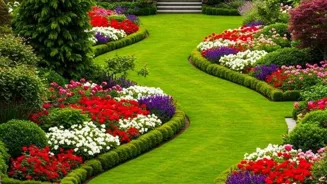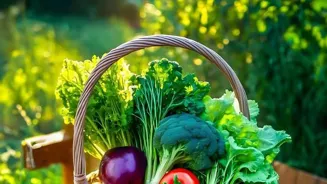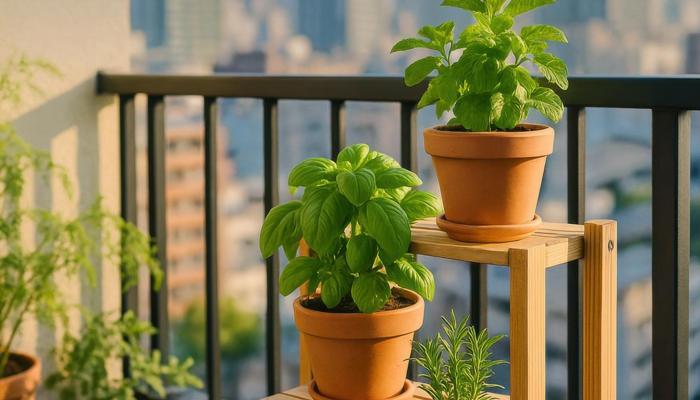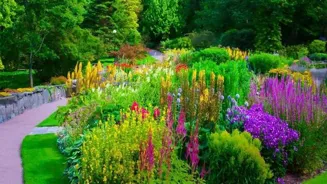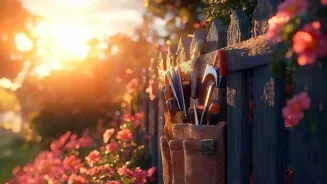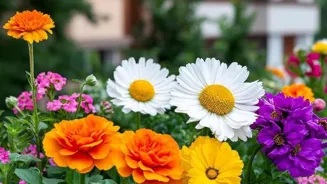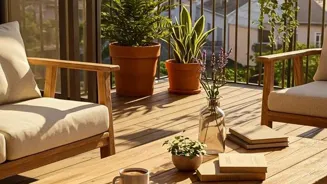Discover the joys of starting your own garden with these 7 simple tips for beginners. Get ready to see your green journey flourish!
So, you're thinking of getting your hands dirty and starting a garden,
eh? Fantastic! Gardening can be super rewarding, like seeing your own efforts blossom into something beautiful and useful. But, looking at fancy gardens on Instagram can be a bit intimidating, right?
Don't worry, you don't need a sprawling estate or years of experience to get started. Trust me, with a few simple tips, you can create your own little patch of green and enjoy the magic of growing things. Let's get into it, shall we?
Start small with a container garden before expanding
One of the biggest mistakes beginners make is going all out from the very beginning. Trust me, you don't need to convert your entire backyard into a vegetable patch overnight. It's much better to begin with something manageable, like a small container garden on your balcony or a single raised bed.
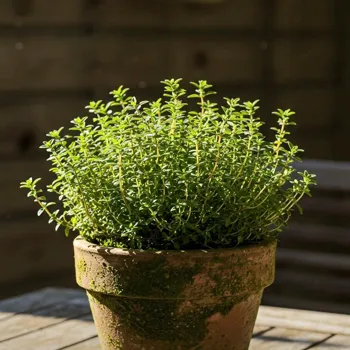
This way, you won't get overwhelmed, and you can focus on learning the basics without feeling stressed. Think of it like learning to cook – you wouldn't start with a complicated multi-course meal, would you? You'd begin with something simple and gradually work your way up.
Growing herbs like mint, coriander (dhania), and basil in pots is a great way to start. They're relatively easy to grow and you can use them in your cooking, which is a double win! Once you've mastered the basics and gained some confidence, then you can start expanding your garden bit by bit.
Rome wasn't built in a day, and neither is a flourishing garden!
Plants need sunlight, choose sunny spot, consider wind, water for thriving garden
Plants, just like us, need sunlight to thrive. Before you even think about planting anything, observe your garden or balcony throughout the day and see where the sun shines. Most vegetables and flowering plants need at least six hours of sunlight a day.
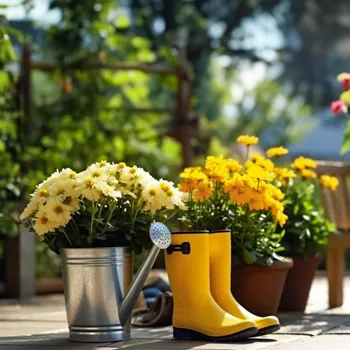
So, choose a spot that gets plenty of sunshine. If you're growing plants in pots, you can move them around to follow the sun. If you don't have a lot of sunlight, don't despair!
There are still plenty of plants that can tolerate shade, like leafy greens (spinach, lettuce) and some herbs like parsley. Do a little research to find out what plants will grow best in your particular location. Remember, happy plants are plants that are getting enough sunshine!
Also, consider the direction of the wind. Strong winds can damage delicate plants, so try to find a sheltered spot. And think about access to water – you'll need to water your plants regularly, so make sure your garden is close to a water source or you have a long hose.
A bit of planning goes a long way in ensuring your plants have the best possible start.
Healthy plants need good soil; invest in quality mix for success
Think of the soil as the foundation of your garden house. Without good soil, your plants won't be able to get the nutrients and water they need to grow strong and healthy. Don't just use any old dirt from your backyard! It might be compacted, nutrient-poor, or even contaminated.
Instead, invest in some good quality potting mix or garden soil. You can buy it at your local nursery or garden center. If you're planting in the ground, you can improve the soil by adding compost or manure.
Compost is basically decomposed organic matter – things like leaves, grass clippings, and vegetable scraps. It's a great way to add nutrients to the soil and improve its drainage. Manure is animal waste, and it's also a rich source of nutrients.
Make sure to use well-rotted manure, as fresh manure can burn your plants. Good soil is the key to happy plants, so don't skimp on this important step! You can also test your soil's pH level with a simple soil testing kit, available at most gardening shops.
Different plants prefer different pH levels, so knowing your soil's pH can help you choose the right plants.
Water deeply but infrequently, avoid overwatering to prevent root rot
Watering seems simple, but it's actually one of the trickiest things about gardening. Overwatering is just as bad as underwatering, as it can lead to root rot and other problems. The best way to water is to water deeply but infrequently.
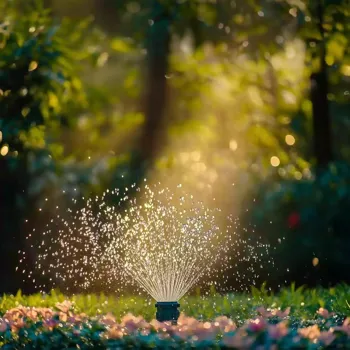
This encourages the roots to grow deep into the soil, making the plants more resilient. Stick your finger into the soil to check its moisture level before watering. If the top inch of soil is dry, it's time to water.
Water at the base of the plants rather than from above, as this can help prevent fungal diseases. Avoid watering in the heat of the day, as much of the water will evaporate before it can reach the roots. Early morning or late evening are the best times to water.
Use a watering can or a hose with a gentle spray nozzle to avoid damaging the plants. And remember, different plants have different watering needs, so do your research!
Some plants, like succulents, prefer to dry out completely between watering, while others, like ferns, need consistently moist soil.
Choose plants you like, consider climate, start with easy ones for gardening success
This might seem obvious, but it's important to choose plants that you actually like and will use. There's no point growing a bunch of vegetables that you don't enjoy eating! Also, consider your climate and growing conditions.
Some plants are better suited to hot, dry climates, while others prefer cool, moist conditions. Talk to your local nursery or garden center staff for advice on what plants will grow well in your area. Start with easy-to-grow plants like tomatoes, cucumbers, and peppers.
These are all relatively low-maintenance and will give you a good sense of accomplishment. Herbs like basil, mint, and rosemary are also great choices for beginners. They're easy to grow and you can use them in your cooking. Flowers like marigolds and zinnias are also good options.
They're colorful, cheerful, and attract pollinators like bees and butterflies to your garden. Remember, the goal is to enjoy the process, so choose plants that you'll be excited to grow!
Prevent garden pests naturally with healthy plants and beneficial insects
Every gardener faces pests at some point, whether it's aphids munching on your tomatoes or snails devouring your lettuce. Don't panic! There are plenty of organic and natural ways to control pests without resorting to harsh chemicals.
One of the best ways to prevent pests is to keep your plants healthy and strong. Healthy plants are more resistant to pests and diseases. Encourage beneficial insects like ladybugs and lacewings, which eat aphids and other pests.
You can attract them by planting flowers like marigolds and sunflowers. Handpicking pests is also a good option, especially for larger pests like snails and caterpillars. You can also use insecticidal soap or neem oil to control pests.
These are both natural products that are safe for humans and pets. Regularly inspect your plants for signs of pests or diseases. The sooner you catch a problem, the easier it will be to solve. Remember, a little observation and prevention can go a long way in keeping your garden pest-free!
AI Generated Content. Glance/InMobi shall have no liability for the content
